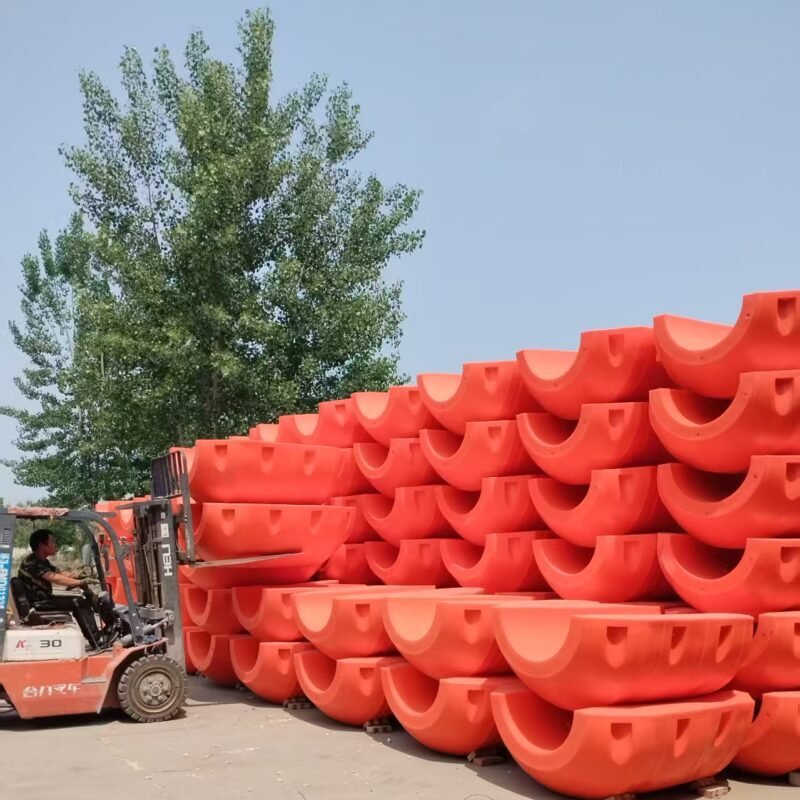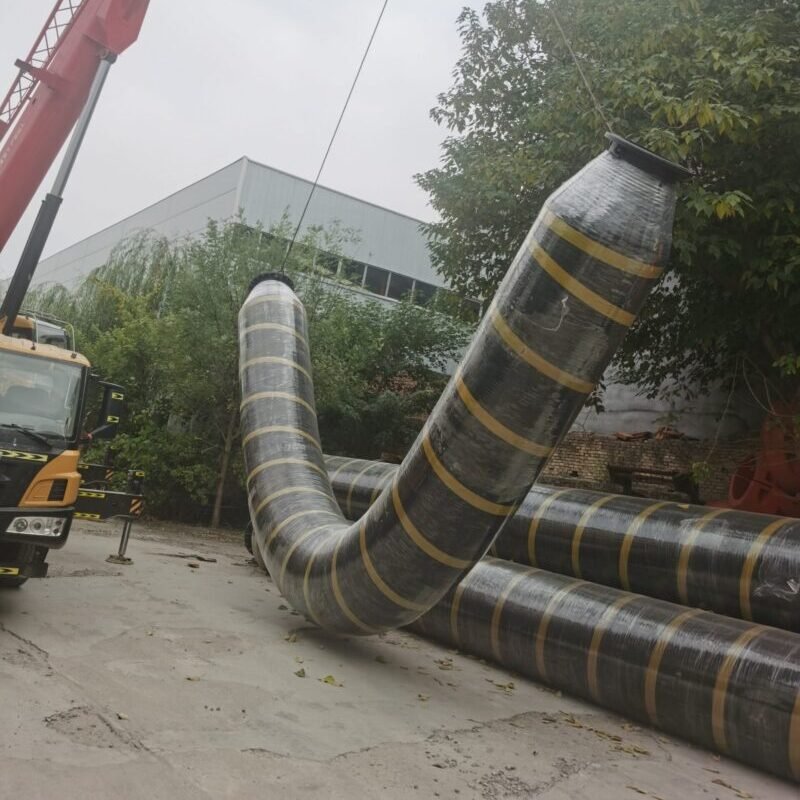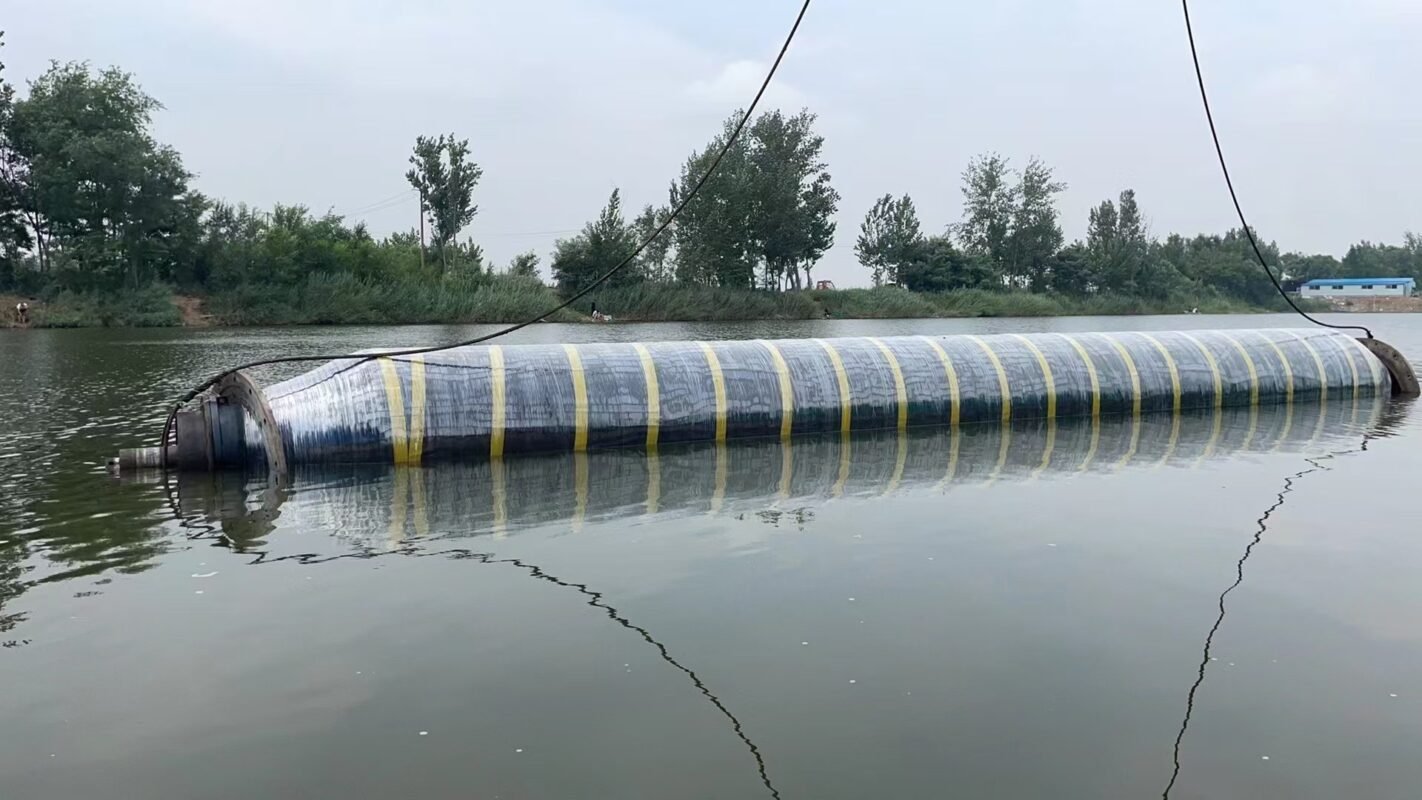Rubber Floater
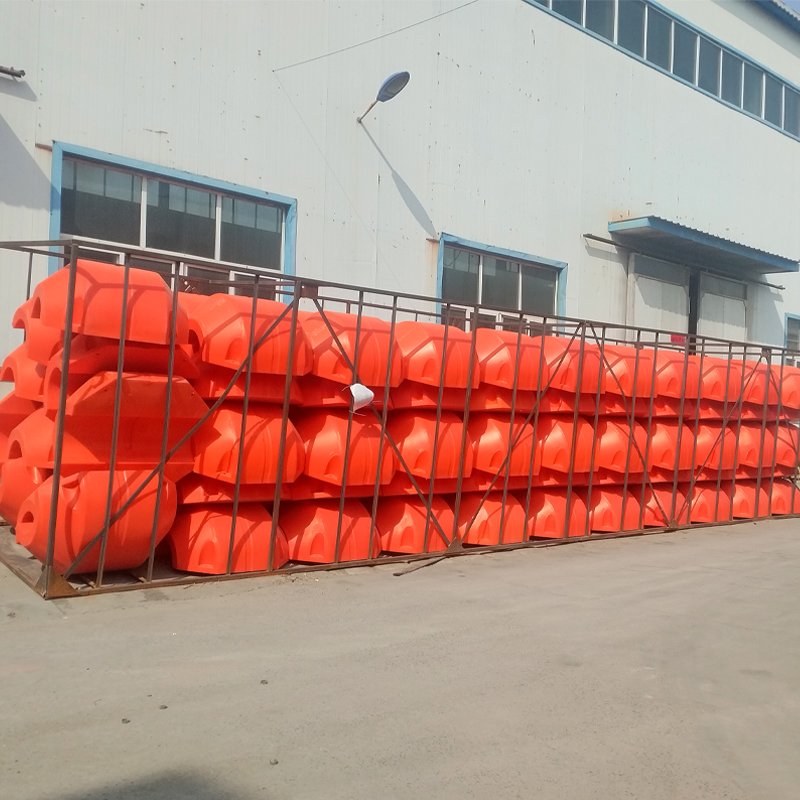
A Rubber Floater is a type of fishing lure specifically crafted to float on the water’s surface. It is predominantly utilized to attract fish species that feed near the water’s top layer, such as bass, pike, and muskie. Below is a detailed breakdown of its features, types, best uses, and target species:
Features:Material: Constructed from either soft or hard rubber/plastic. Frequently, it has a hollow body, which significantly enhances its buoyancy, ensuring it remains afloat on the water’s surface.Design: Its design is meticulously crafted to mimic various prey items, including frogs, mice, or injured baitfish. This realistic imitation makes it highly appealing to predatory fish.Action: When retrieved, the Rubber Floater creates surface disturbances like splashing and bubbling. These movements effectively mimic the distress signals of struggling prey, triggering predatory strikes from nearby fish.Hooks: Typically, it is equipped with one or more embedded hooks. In some cases, the hooks are designed to be weedless, which is particularly advantageous for fishing in areas with dense vegetation, preventing the lure from getting snagged.
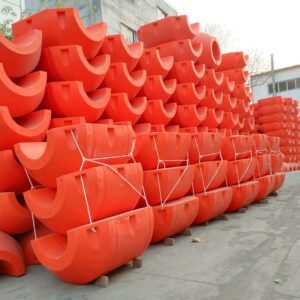
Common Types:Frog Lures: These are topwater rubber frogs that come with legs. When pulled, the legs “kick” in a lifelike manner, closely imitating the movement of a real frog, making them irresistible to fish.Poppers: Poppers feature concave faces. When jerked, they produce a distinctive “bloop” sound and create a splash on the water’s surface, attracting fish with the noise and commotion.Walkers: Characterized by their slender designs, Walkers are capable of performing a “walk the dog” action. This involves a side-to-side motion on the water’s surface, mimicking the movement of injured or fleeing baitfish.
Best Uses:Habitat: Ideal for fishing in weedy areas, around lily pads, or in shallow cover. These are the types of environments where fish often lie in wait to ambush their prey.Time: The most productive times for using Rubber Floaters are during dawn, dusk, or other low-light conditions. During these periods, fish are more likely to be actively surface-feeding.Technique: Employing erratic retrieves with pauses is the recommended technique. This intermittent movement pattern effectively mimics the behavior of struggling prey, increasing the chances of enticing a strike.
Target Species:Largemouth Bass,Pike/Muskie,Snakehead,Peacock Bass.

